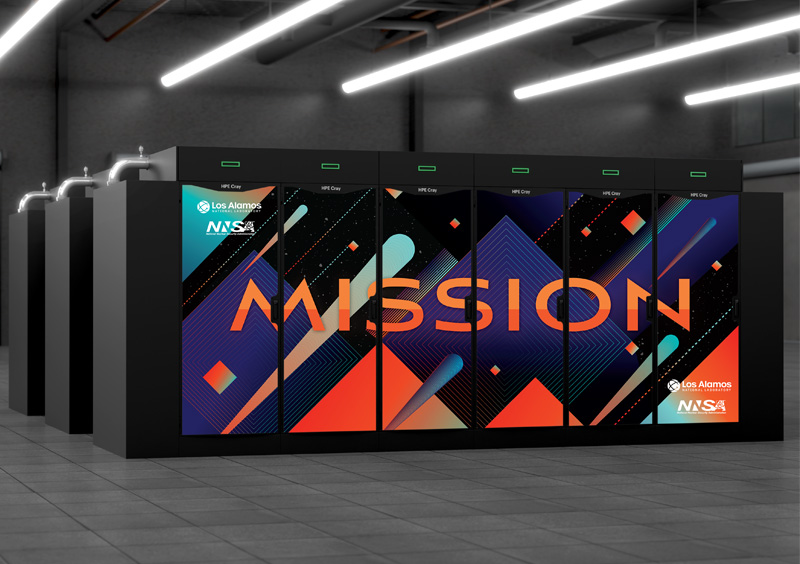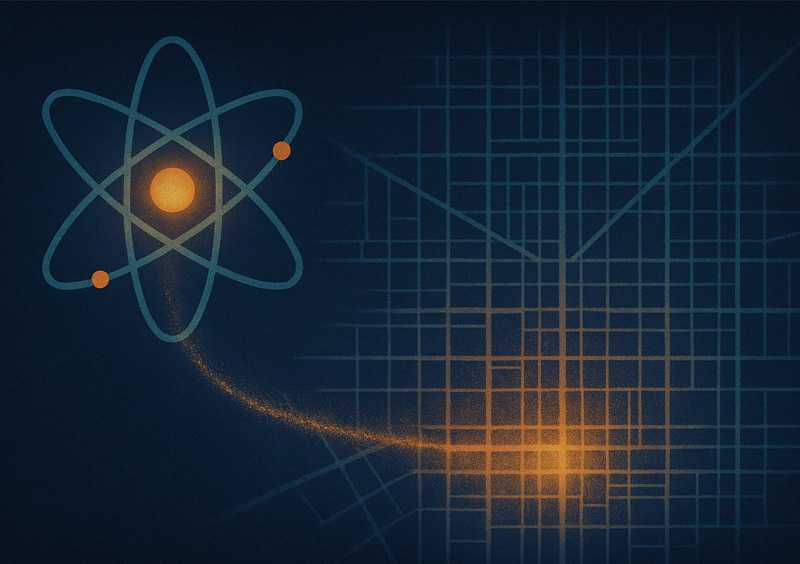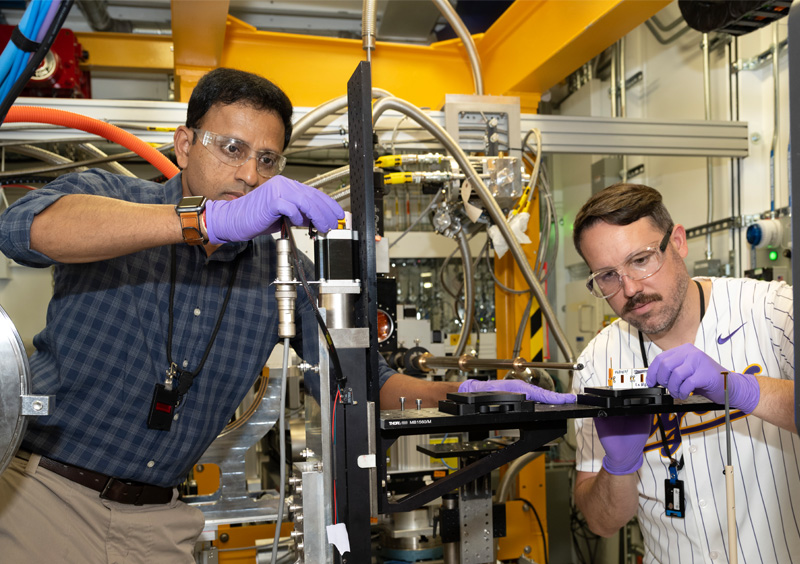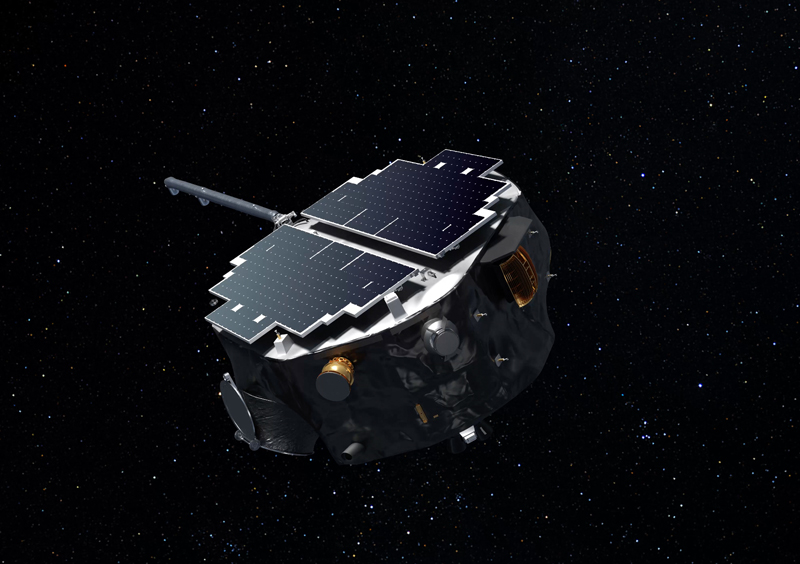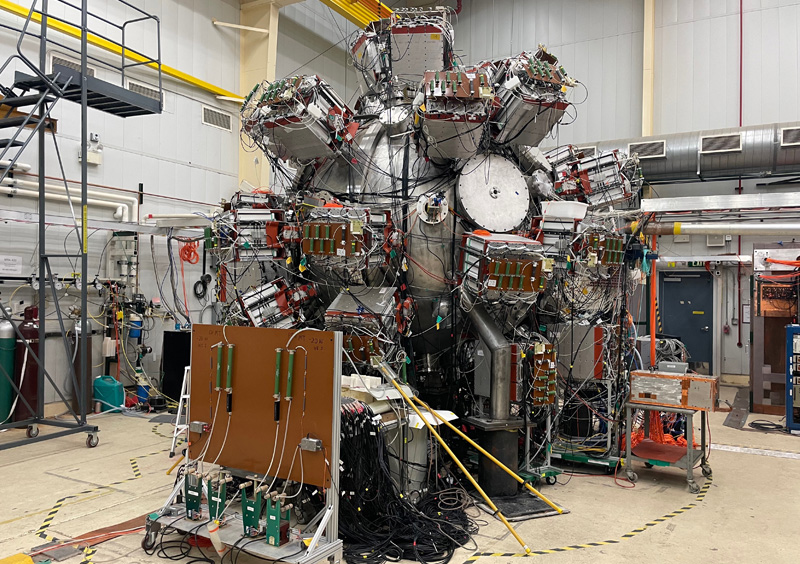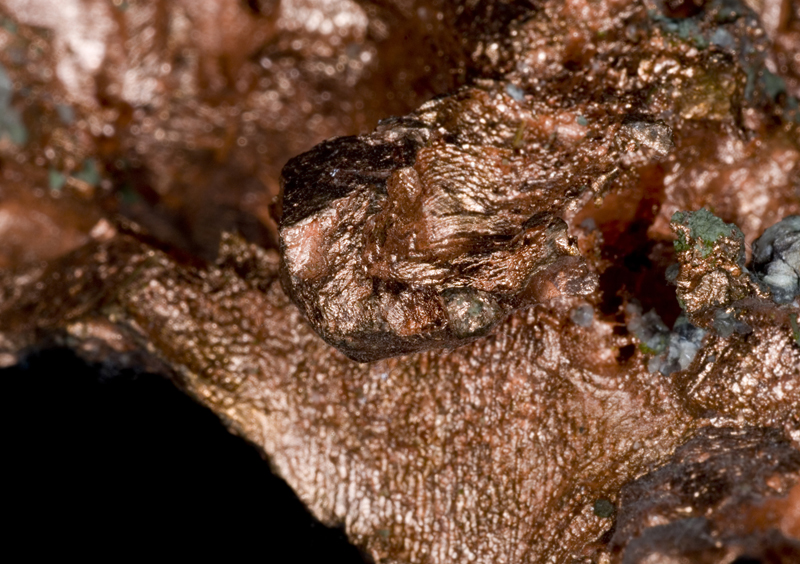Los Alamos National Laboratory has selected HPE and NVIDIA as partners on two new supercomputers to be built, delivered and installed in the coming years, with HPE selected as the prime contractor. The supercomputers, named Mission and Vision, will support the critical modeling and simulation that underpins national security science as well as fundamental science research and artificial intelligence applications across the National Nuclear Security Administration complex. The project will be supported through anticipated future funding, contingent upon the availability of appropriations.
“NNSA has a proud history of applying science and technology to national security challenges. The next generation of NNSA supercomputers marks a significant milestone in ensuring America's leadership in the global AI race,” said NNSA Administrator Brandon Williams. “Thanks to the Trump Administration, Mission and Vision will incorporate cutting-edge capabilities that will drive analysis and predictions crucial for effective, safe, and reliable security.”
“The Mission and Vision systems represent a significant investment in our national security science and basic science capabilities,” said Thom Mason, director of Los Alamos National Laboratory. “HPE and NVIDIA are experienced partners in this space, capable of delivering technology that offers the capabilities Los Alamos needs to fulfill its essential role, especially as we lead the way in integrating AI into the modeling and simulation at the heart of our mission. These systems are purpose-built for supercomputing in the AI era.”
Both Mission and Vision will be built by HPE for Los Alamos National Laboratory. The systems will be based on the new HPE Cray Supercomputing GX5000 equipped with the next-generation NVIDIA Vera Rubin platform, which combines the company’s NVIDIA Vera CPUs with NVIDIA Rubin GPUs and interconnected with NVIDIA Quantum-X800 InfiniBand networking, named in honor of pioneering American astronomer Vera Rubin. Direct liquid-cooled and purpose-built for exascale systems, the NVIDIA Vera Rubin platform is designed for AI era supercomputing.
Focused on national security and fundamental science
“Mission” is the fifth Advanced Technology System (ATS) in NNSA’s Advanced Simulation and Computing program. It is designed to support national security science. When it is operational in 2027, running exclusively in the classified space, Mission will replace the Lab’s current Crossroads system, leveraging its HPC and AI capabilities to support the modeling and simulation efforts.
The Mission supercomputer represents the first NNSA high-performance computing system in the post-exascale era. Mission’s time-to-solution capabilities, especially with the ability to run multiple simulations at one time, will be unleashed on the large and complex simulations.
The “Vision” system will build on the success of the Venado supercomputer, installed at Los Alamos in early 2024, and will also be a product of a collaboration between HPE and NVIDIA. Like Mission, the Vision supercomputer will be powered by the NVIDIA Vera Rubin platform in the HPE Cray Supercomputing GX5000 architecture, offering the power, speed and the AI capability to drive fundamental science at Los Alamos. The Laboratory expects Vision to be in operation at Los Alamos in 2027.
The Vision system will be available for unclassified work. It will accelerate efforts in Laboratory Directed Research and Development projects including national security, materials and nuclear science, energy modeling, and biomedical research. The system’s AI capabilities will be similar to those of Mission.
The Mission and Vision systems will feature multi-tenant capabilities and can accommodate multiple workloads and user groups at the same time. This functionality will streamline operations and allow for more research to happen concurrently.
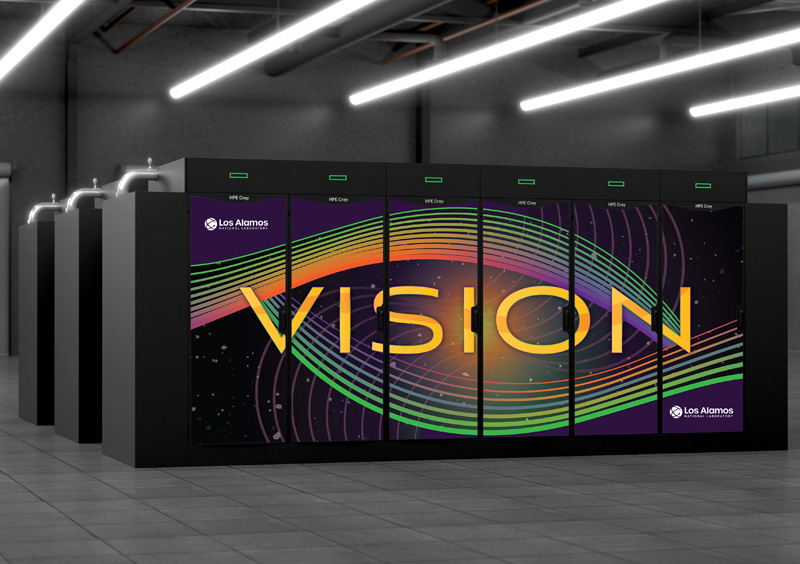
Codesign process supports supercomputer programs
Los Alamos entered a codesign process with NVIDIA and HPE for the Venado system, installed in 2024, and that collaboration continued in the development of Mission and Vision. Codesign draws upon expertise across elements of computing and the science served by computing to build an effective system.
“Mission and Vision deepen our longstanding partnership and joint innovation with Los Alamos that continues to advance research and enable new engineering for the lab,” said Trish Damkroger, senior vice president and general manager, HPC & AI Infrastructure Solutions at HPE. “We are proud to expand our partnership and deliver some of the first systems featuring the new HPE Cray GX supercomputing architecture that will support scientific discovery and help solve important challenges.”
“Los Alamos has long advanced the frontier of scientific discovery,” said Ian Buck, vice president of hyperscale and high-performance computing at NVIDIA. “With Mission and Vision, powered by NVIDIA accelerated computing and AI, Los Alamos will push the boundaries of simulation and generative intelligence—advancing science and pioneering the next era of high-performance research for the nation.”
Details on project timelines and completion will be available as the initiative is finalized.
LA-UR-25-30515
